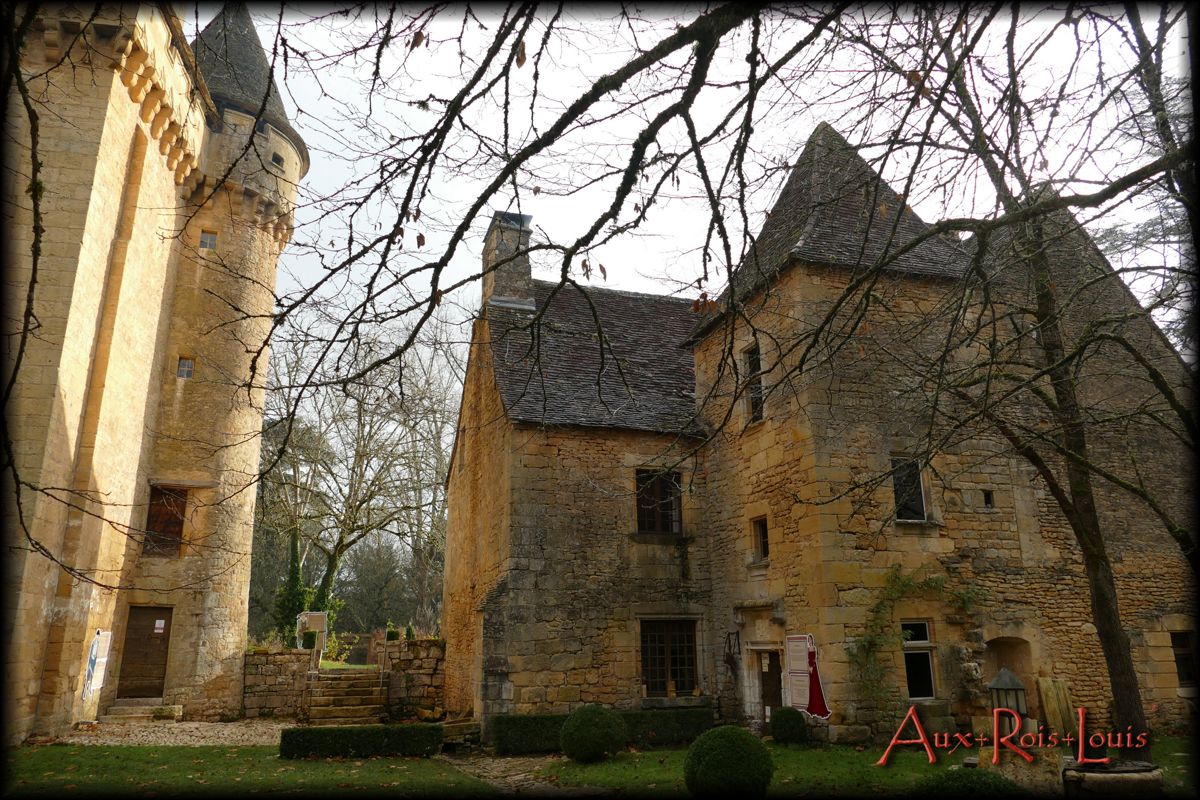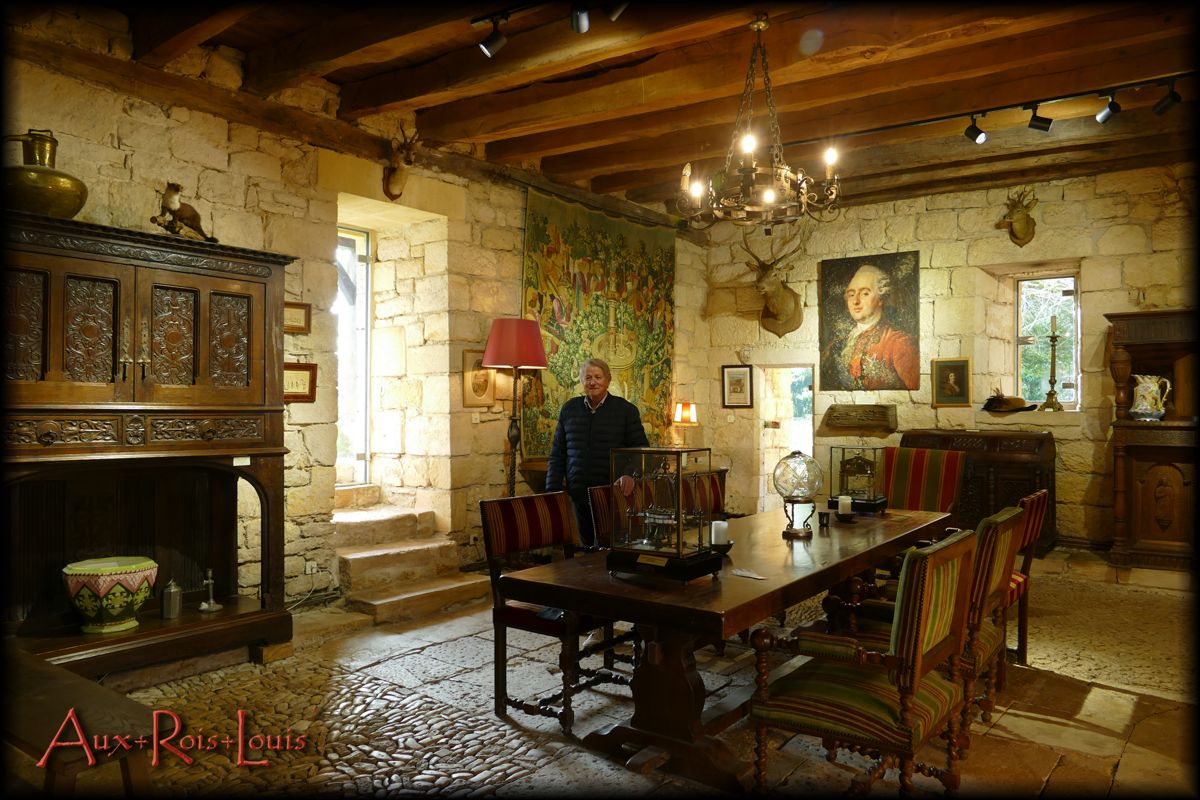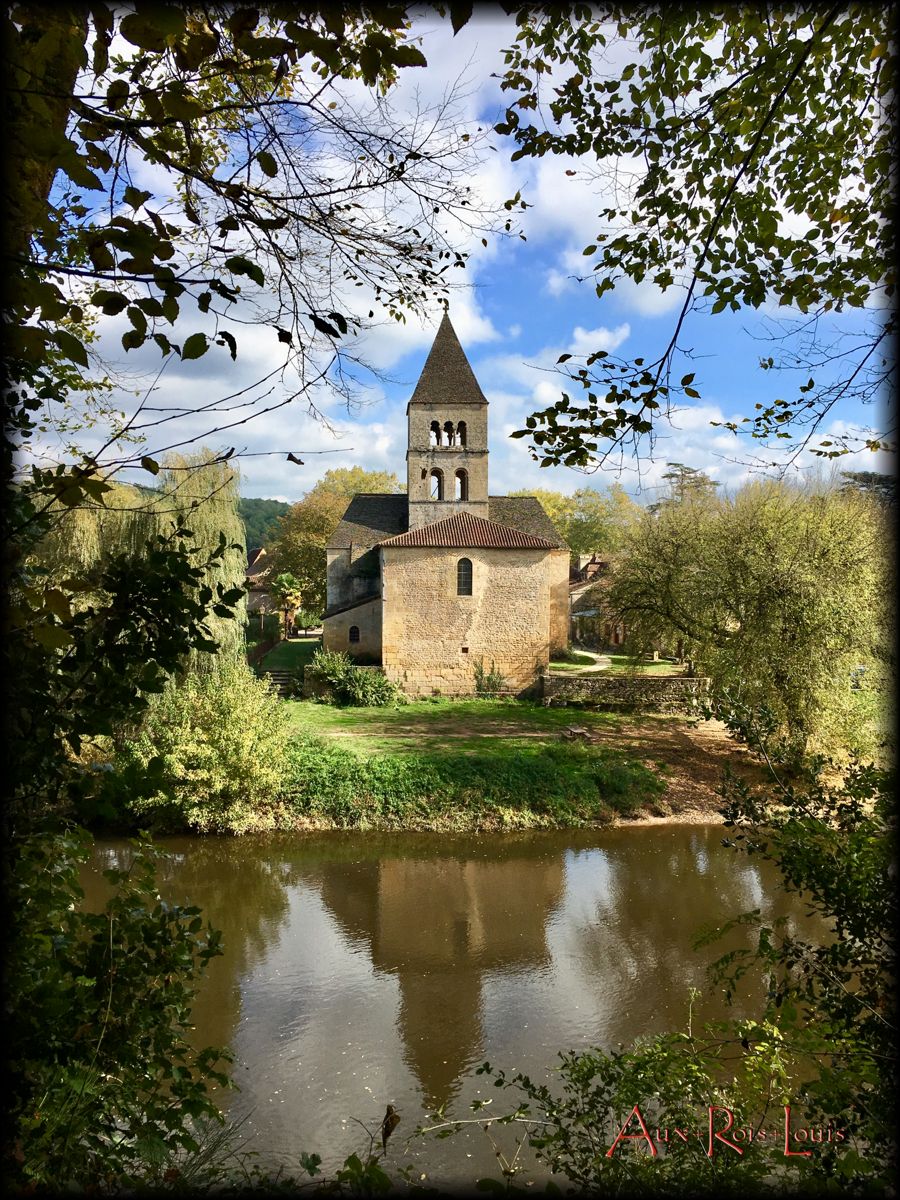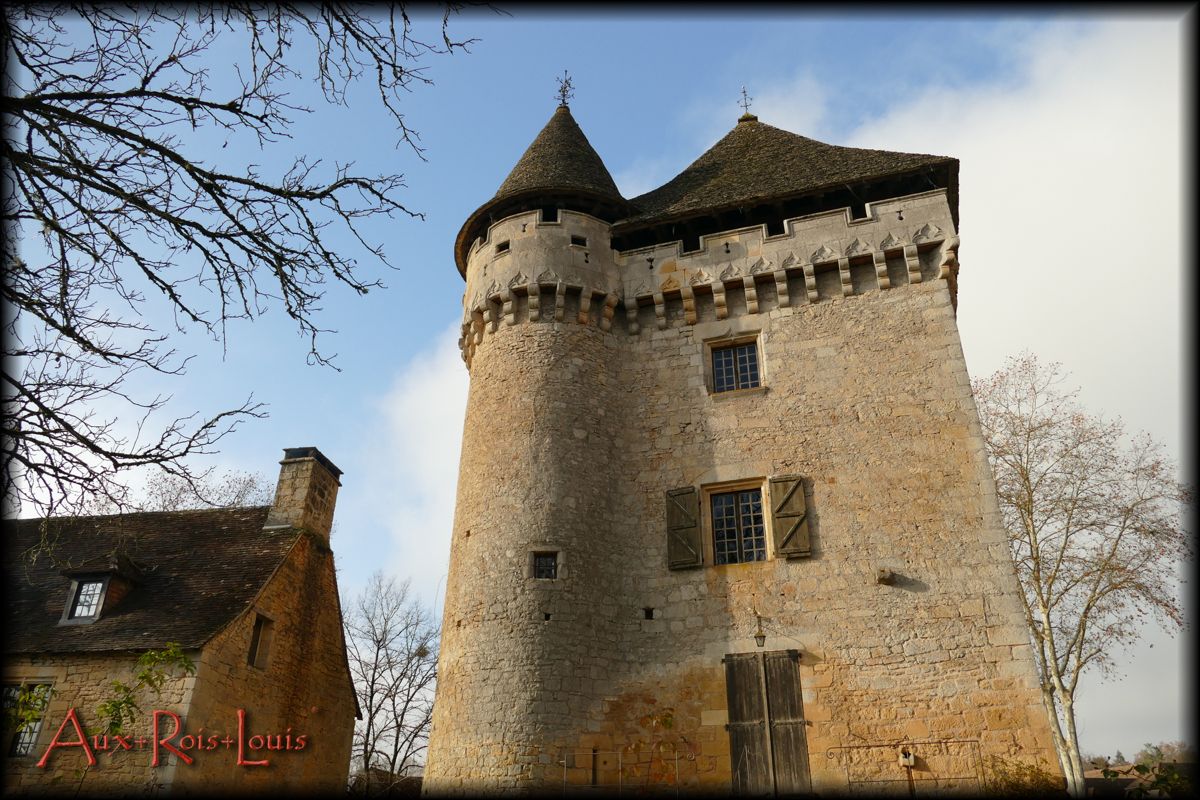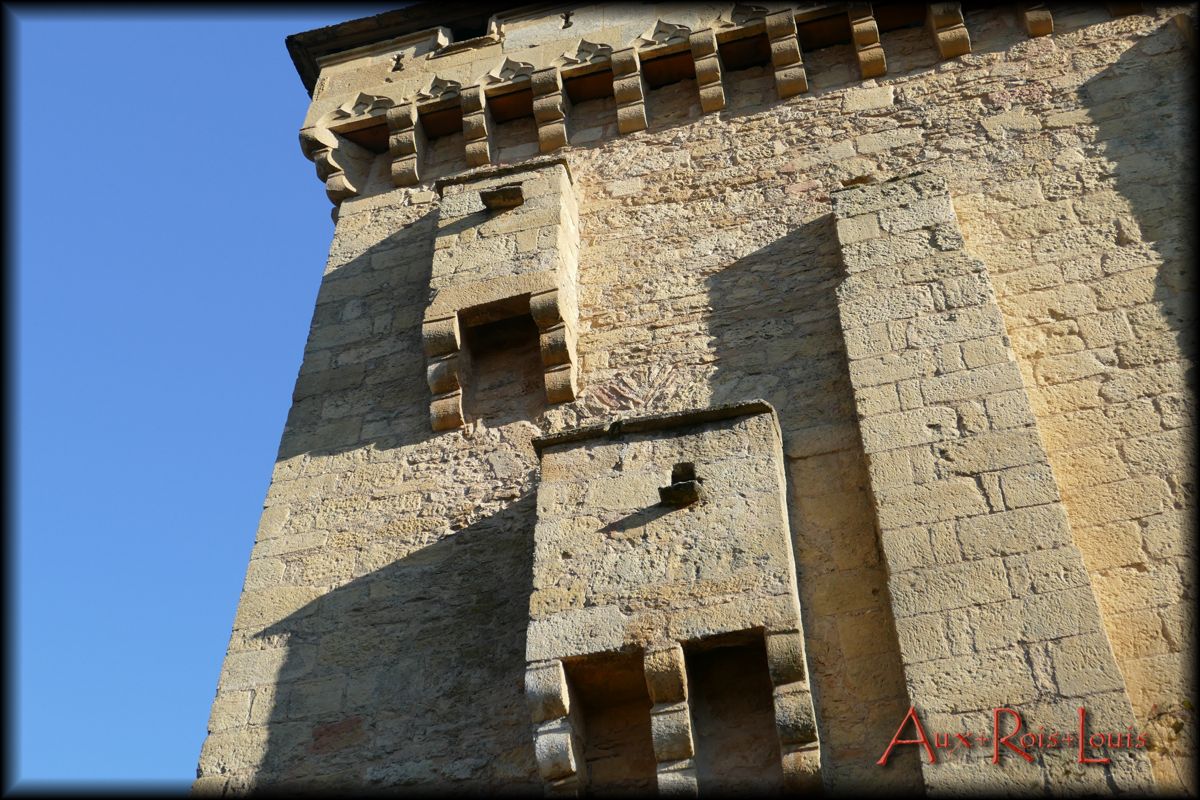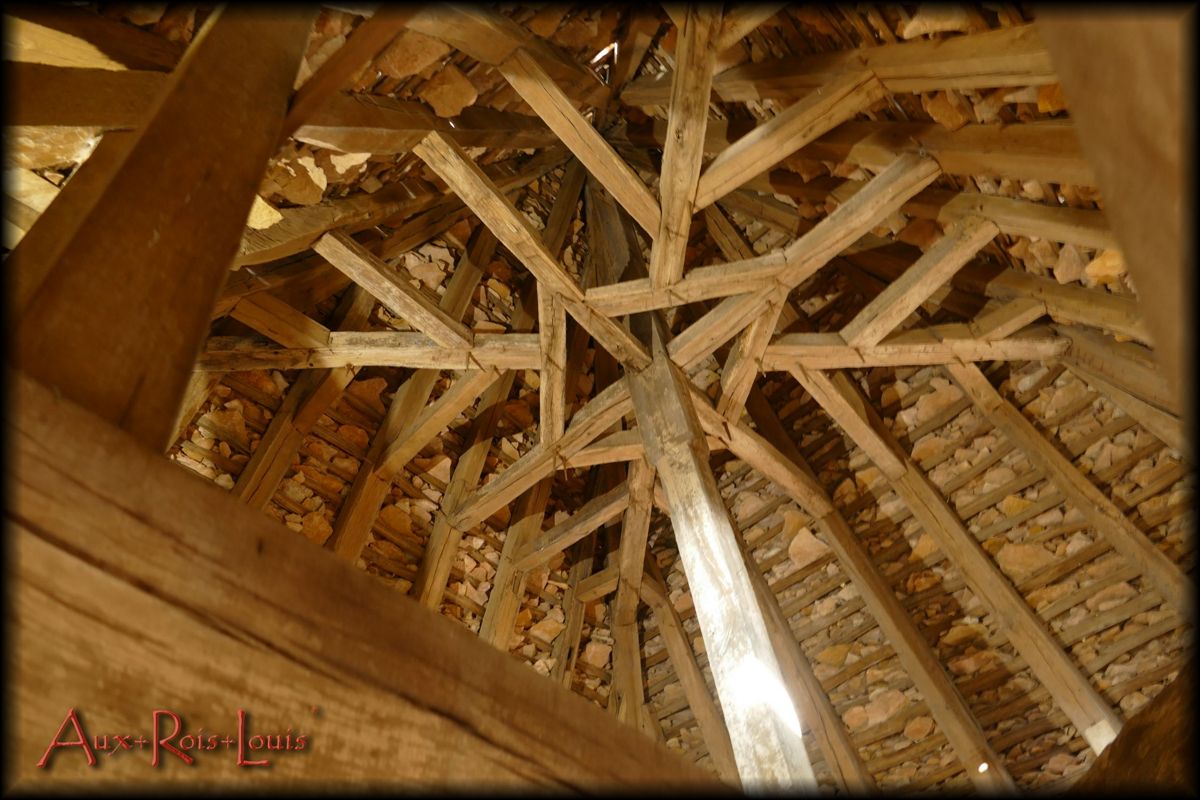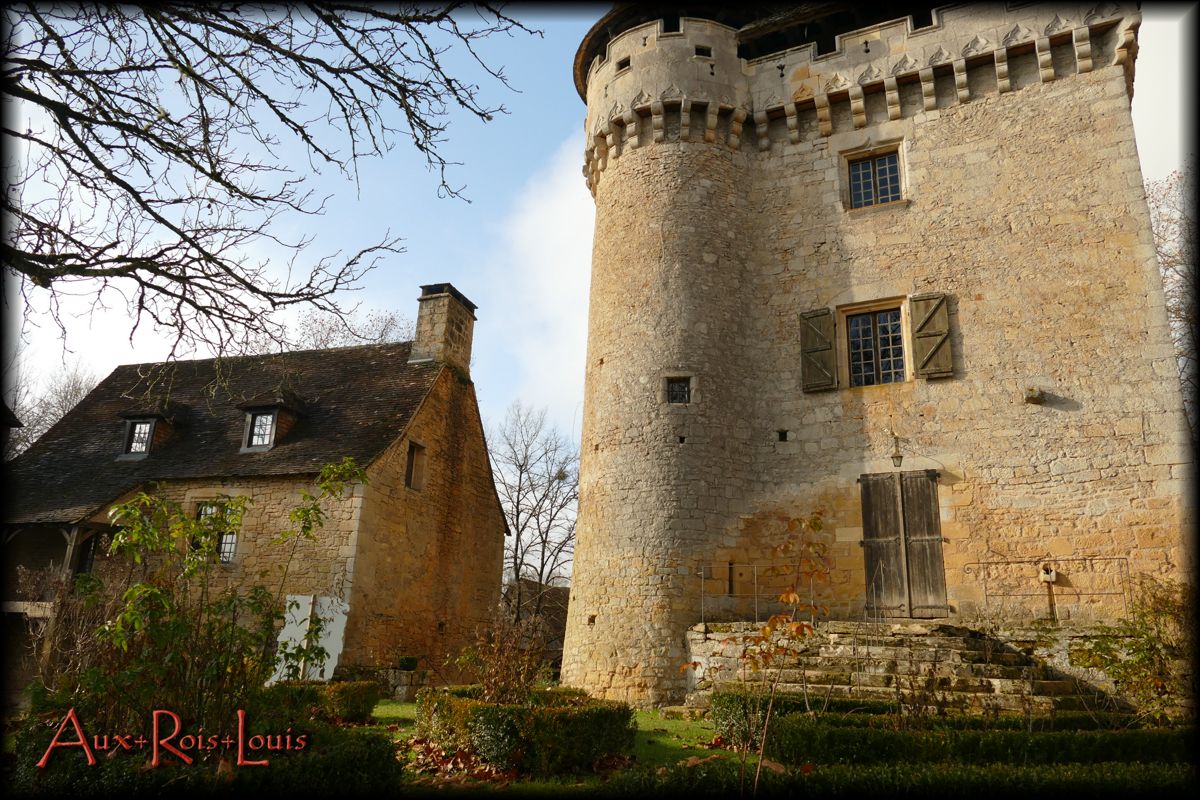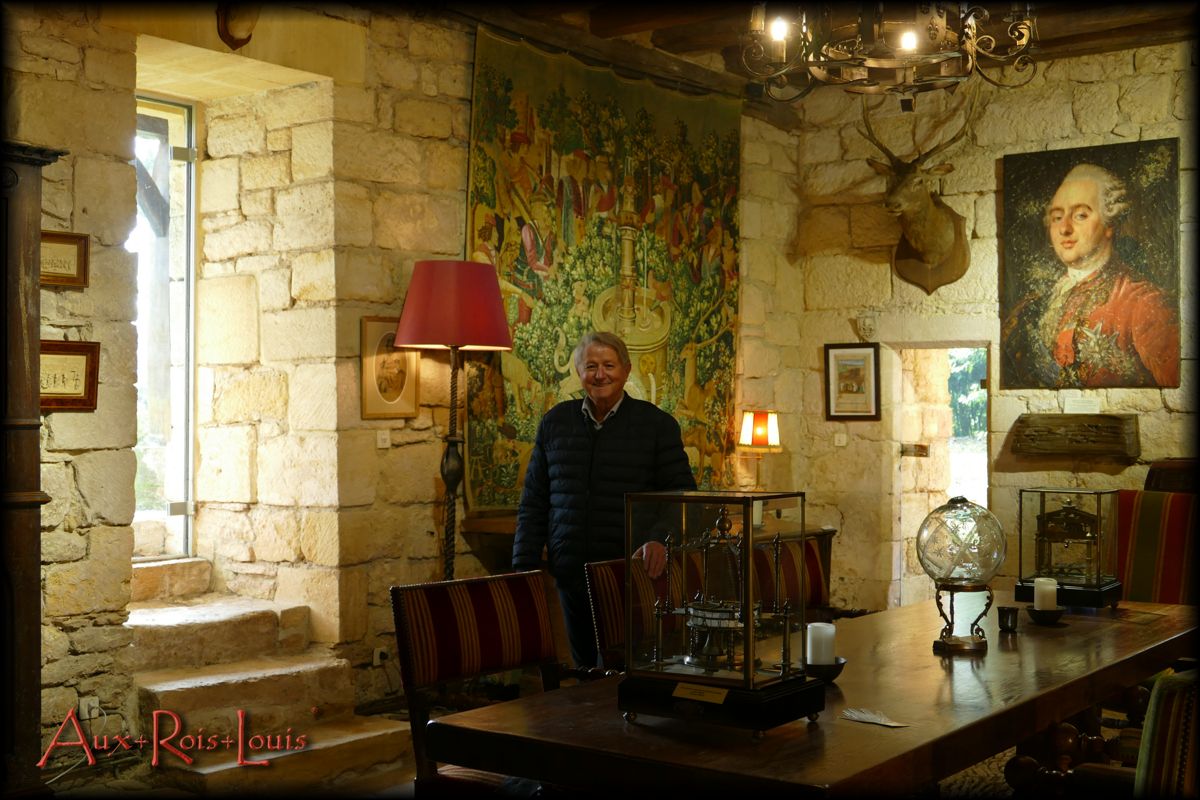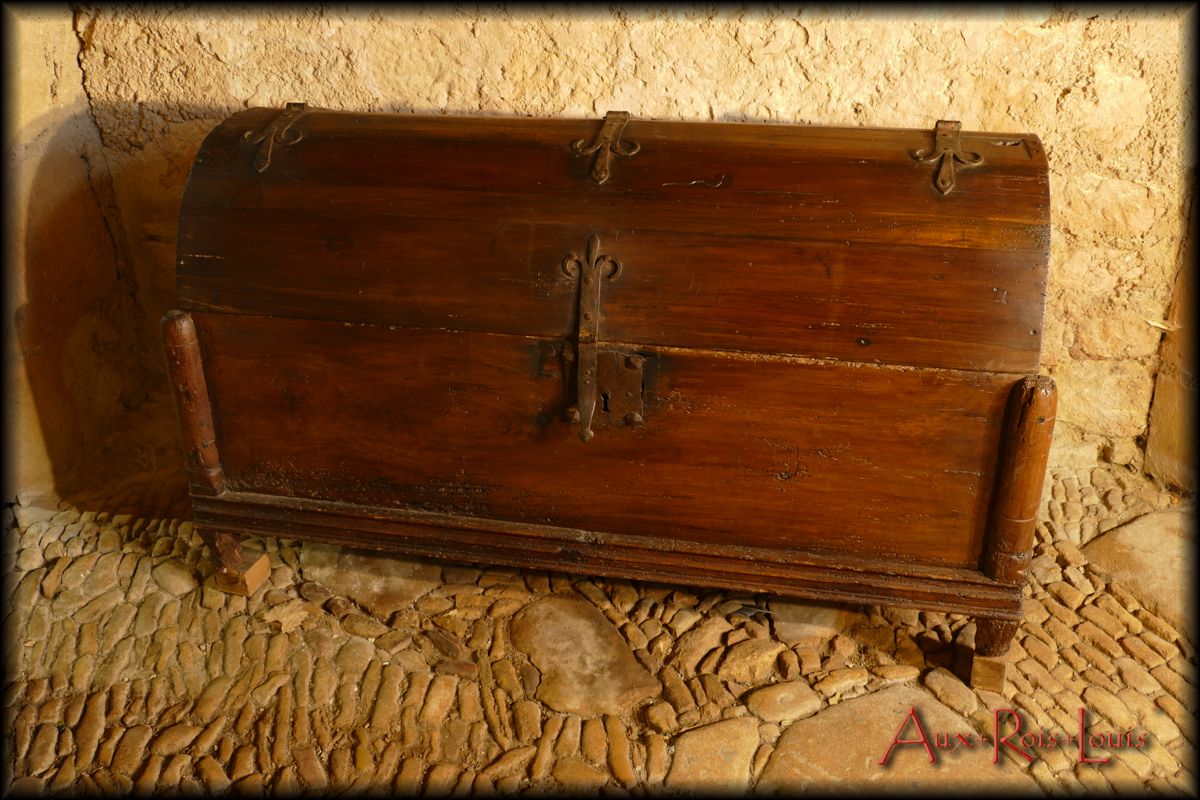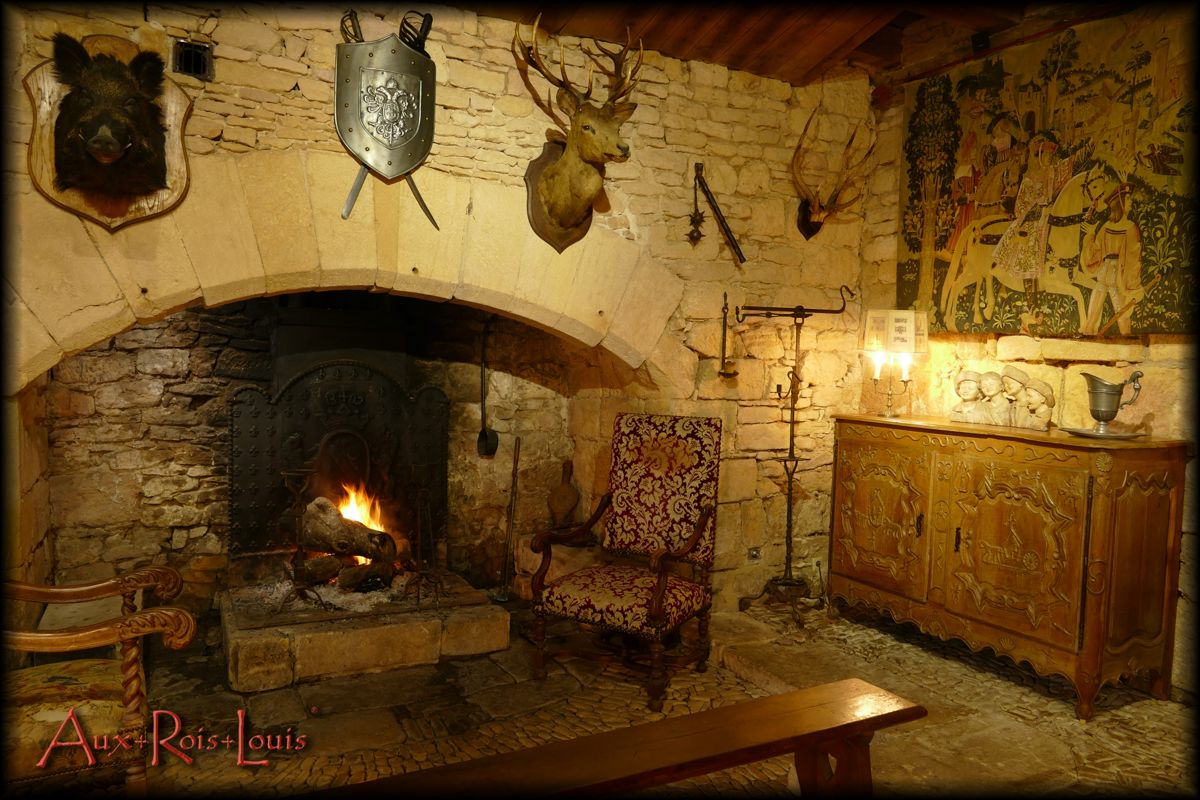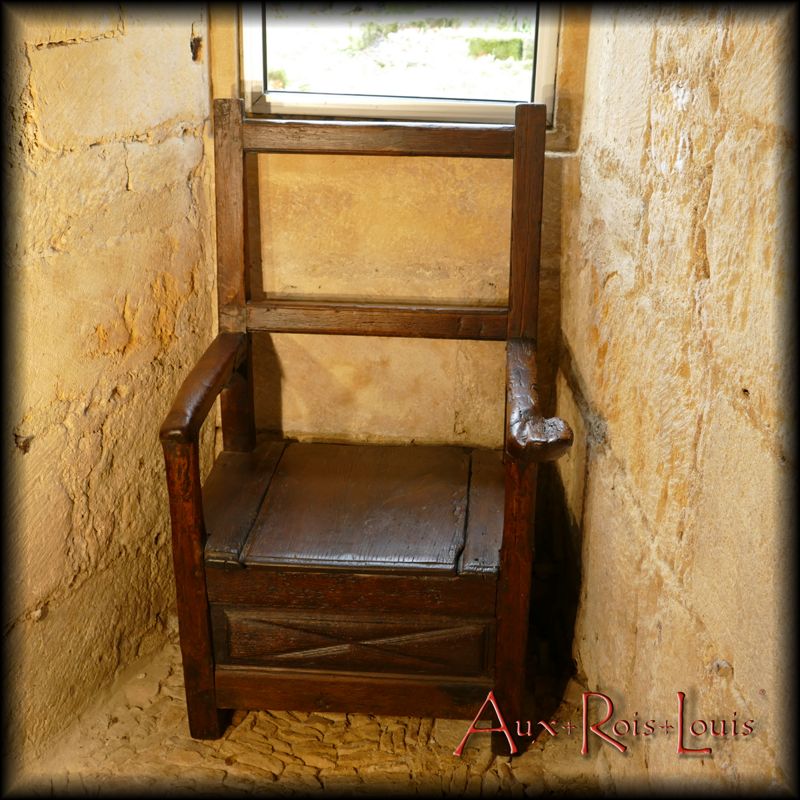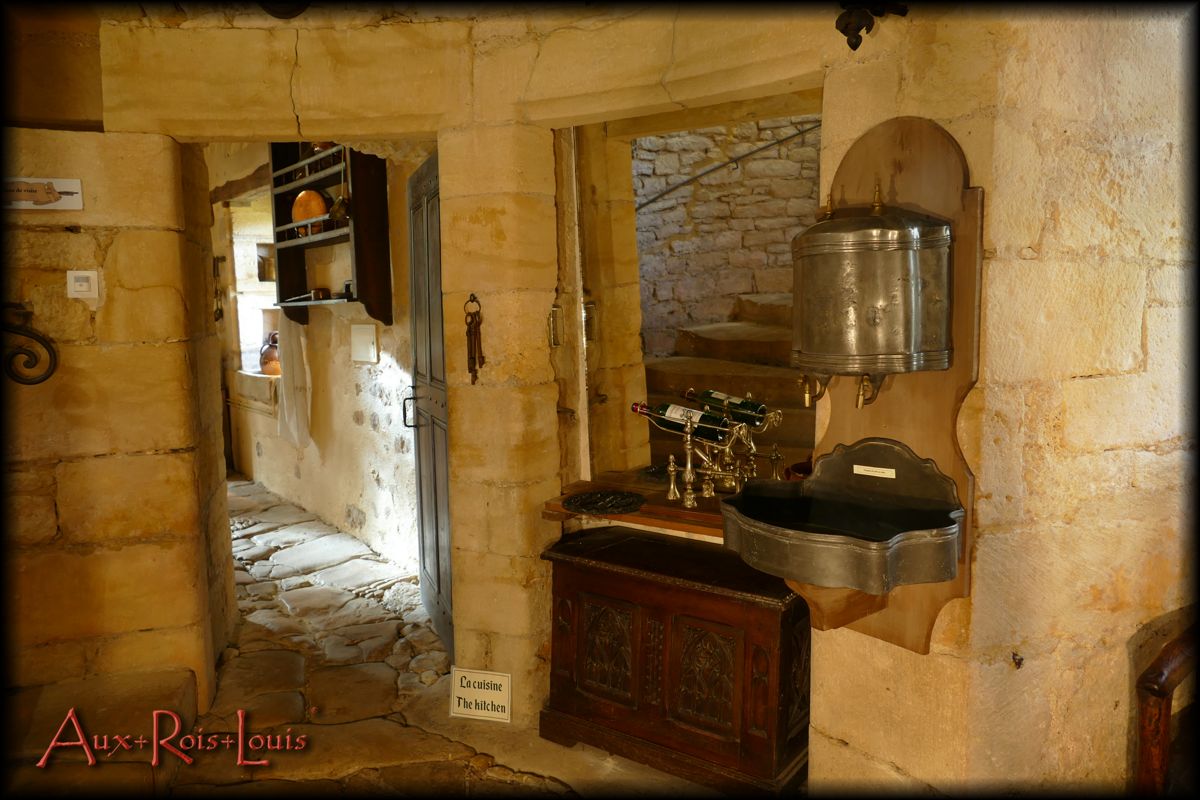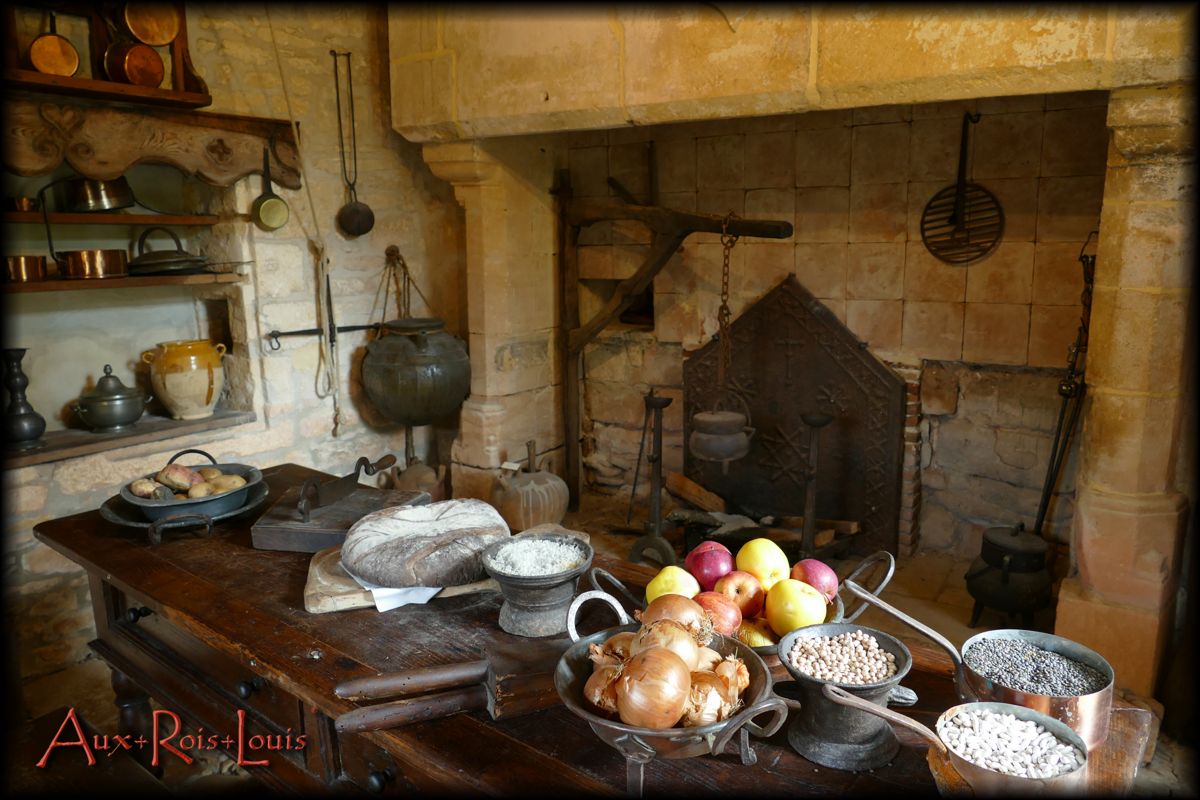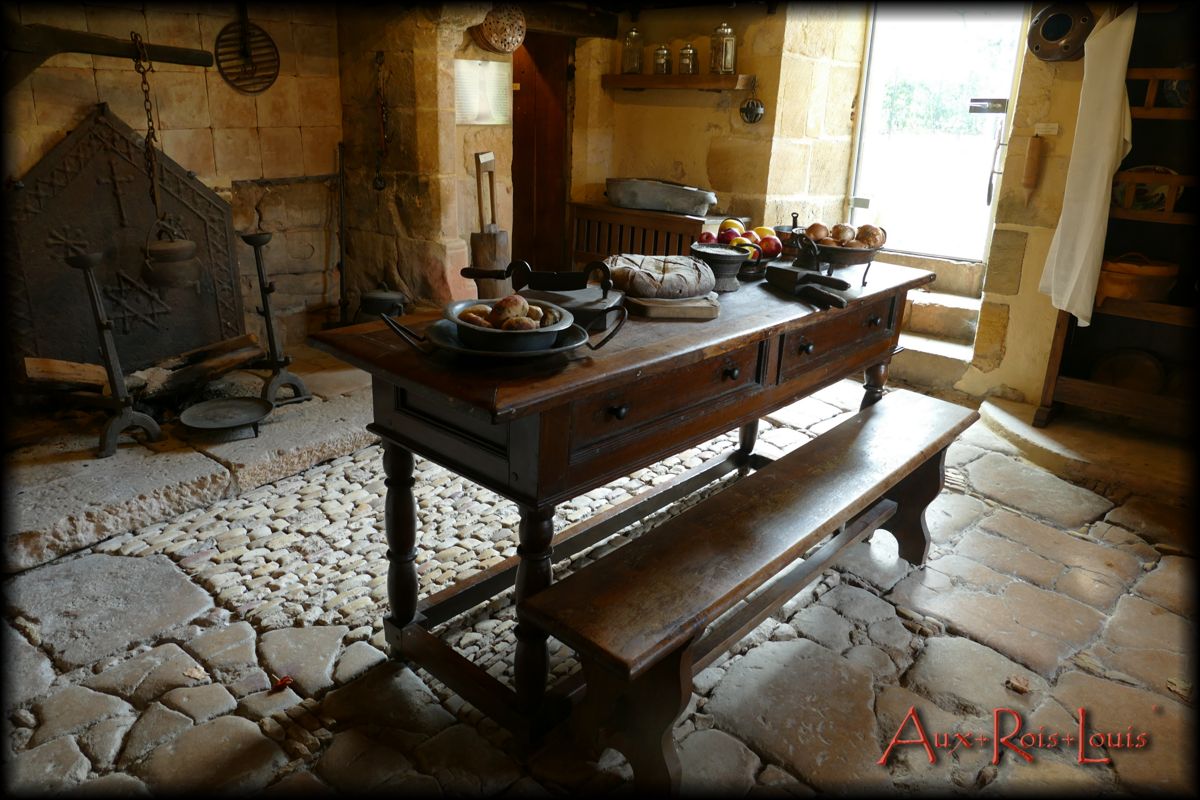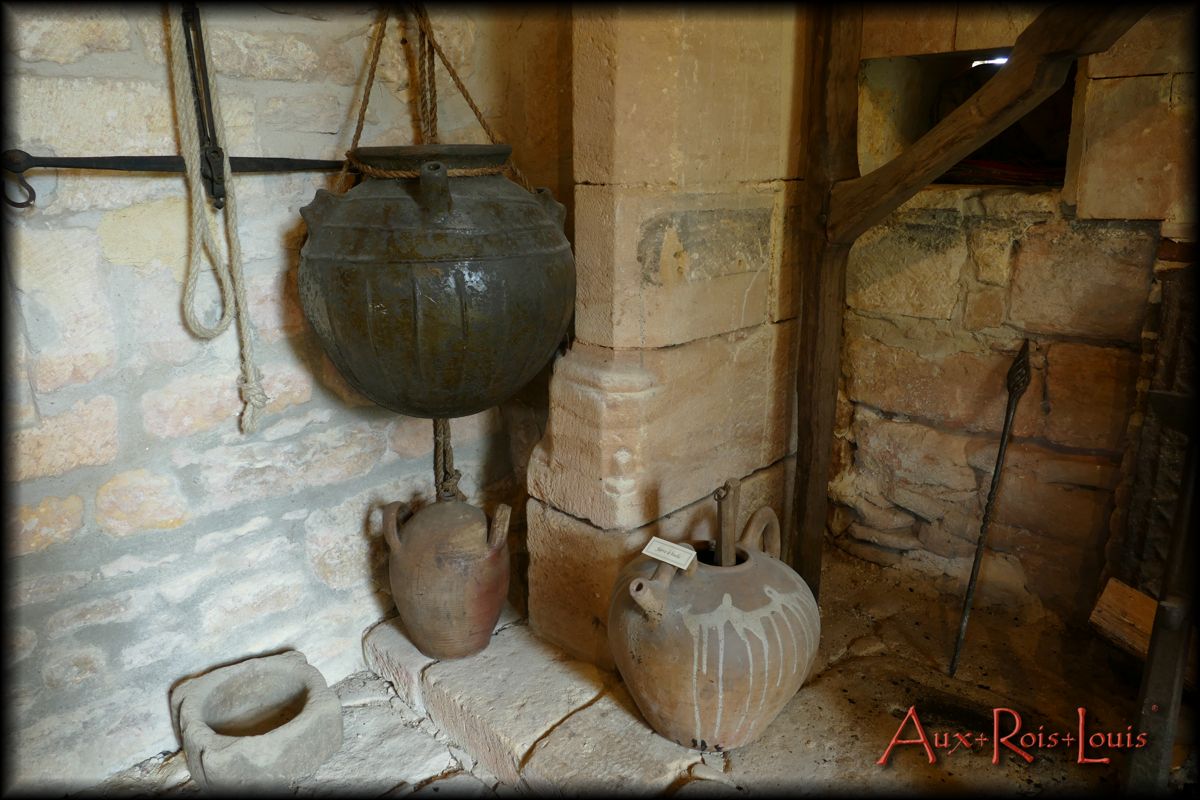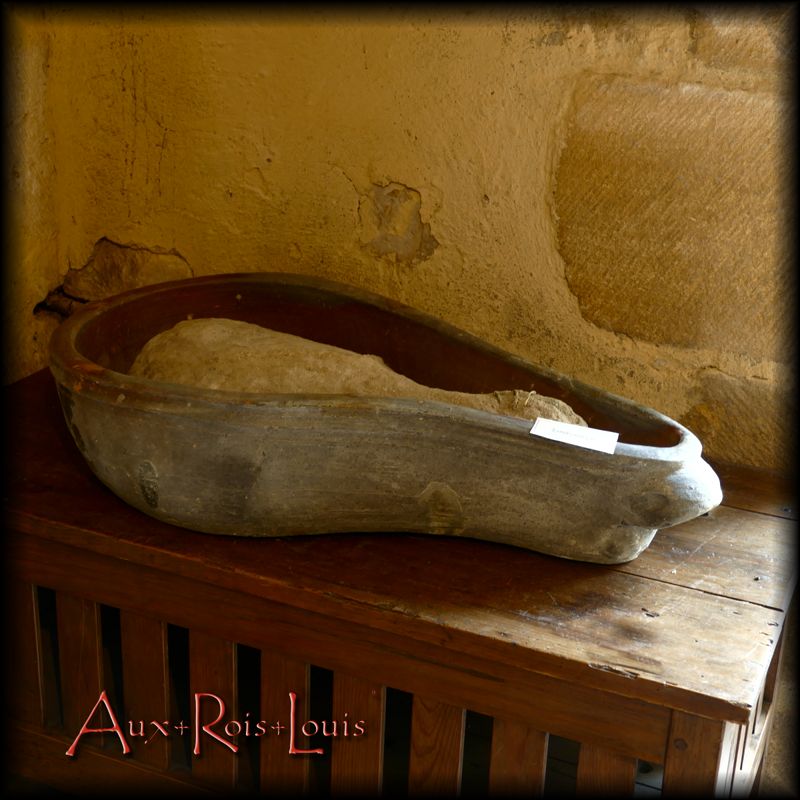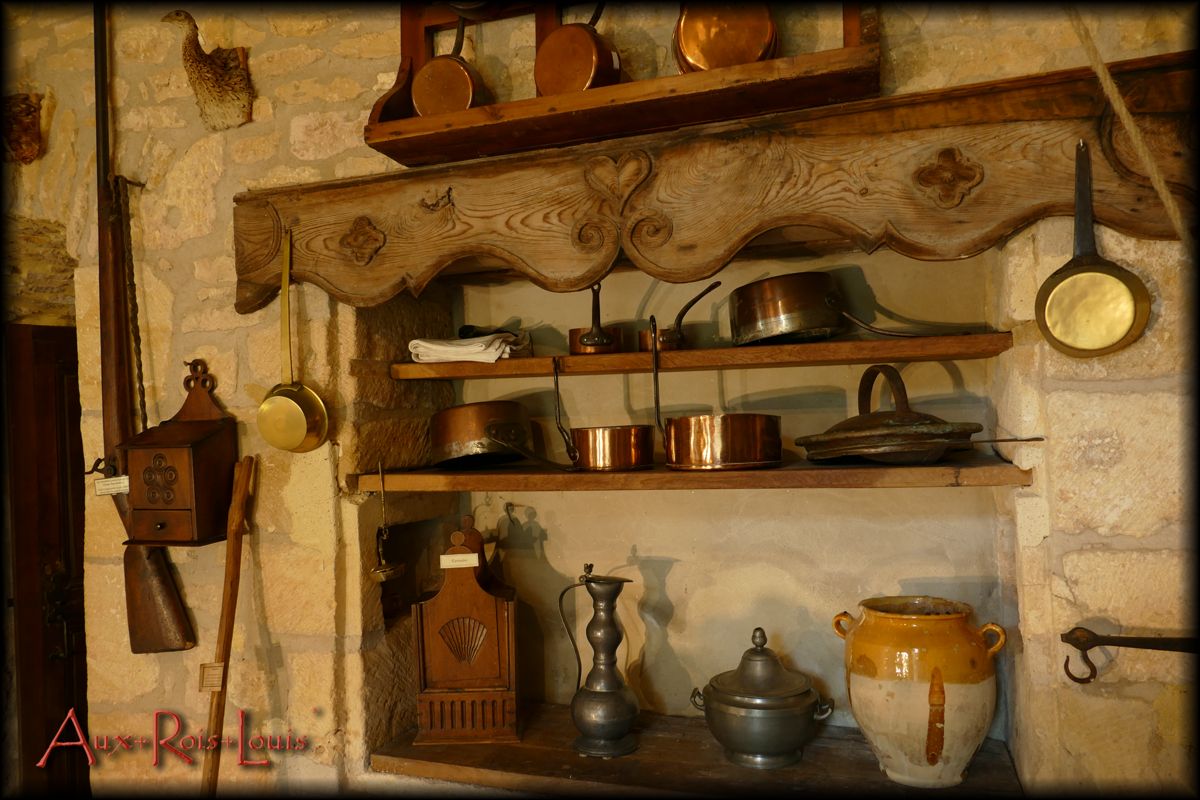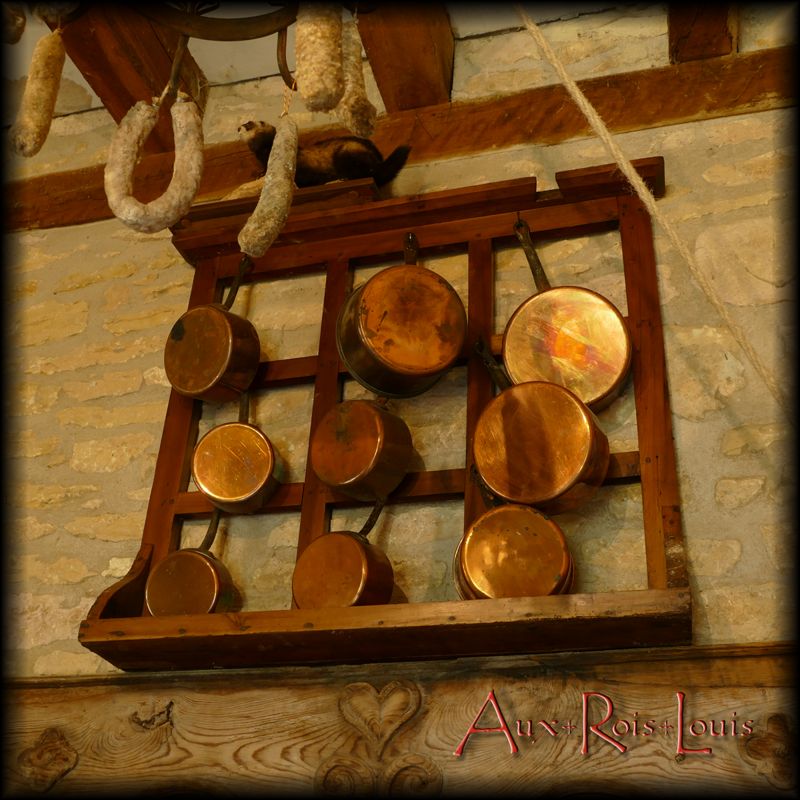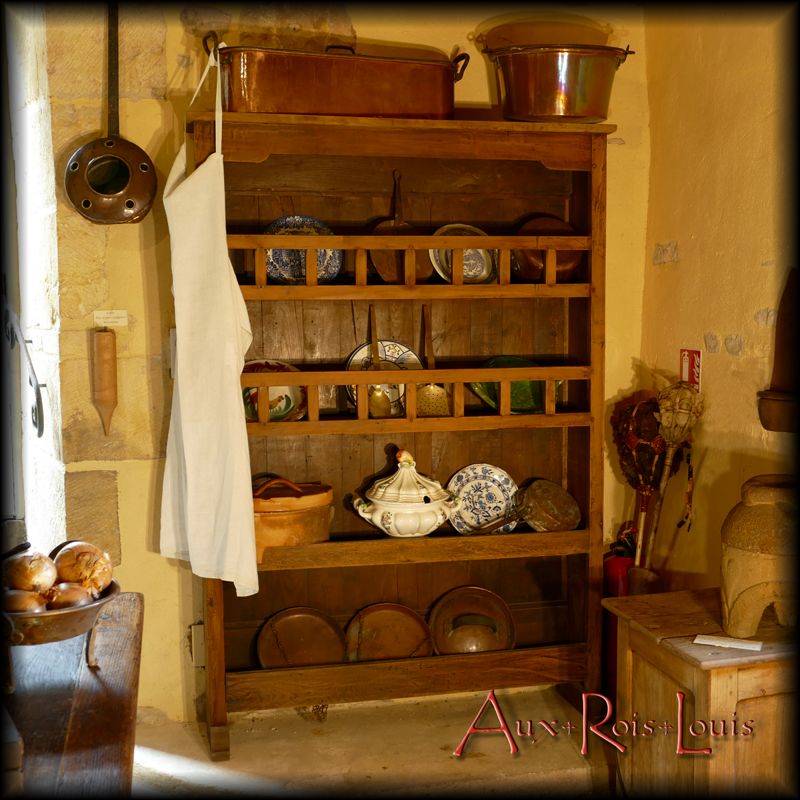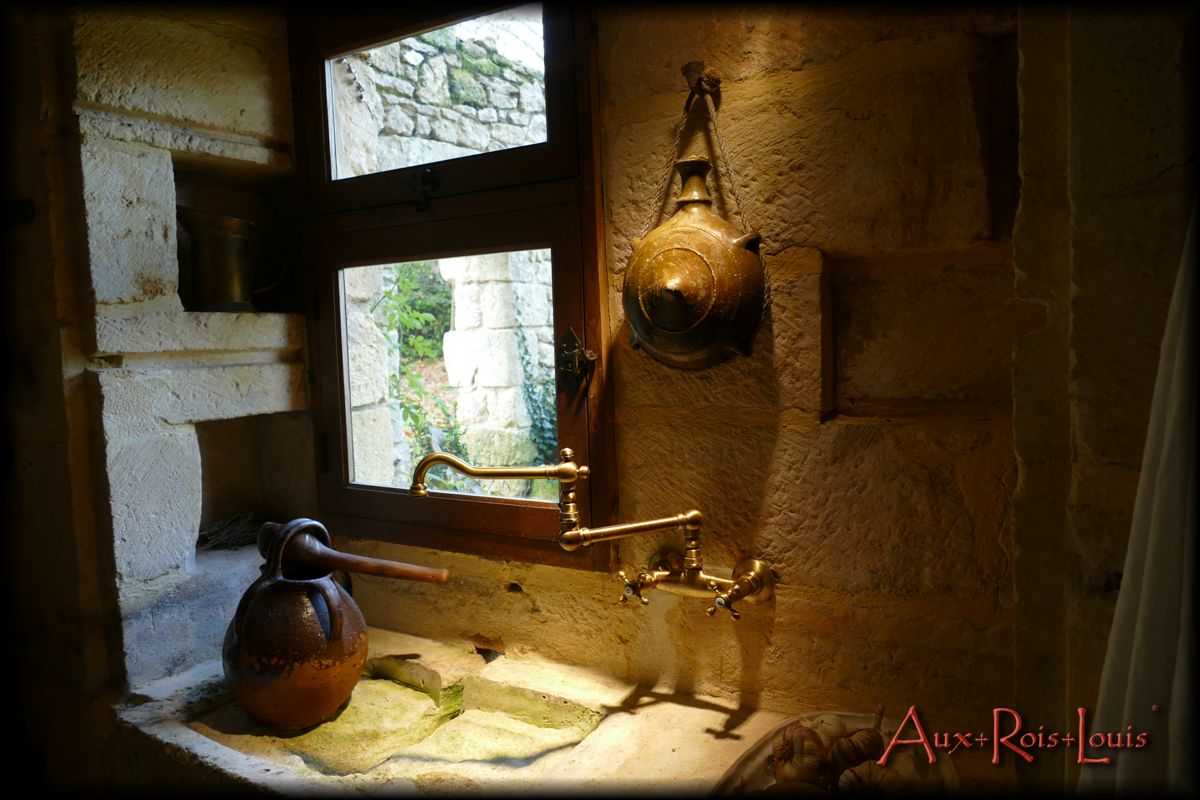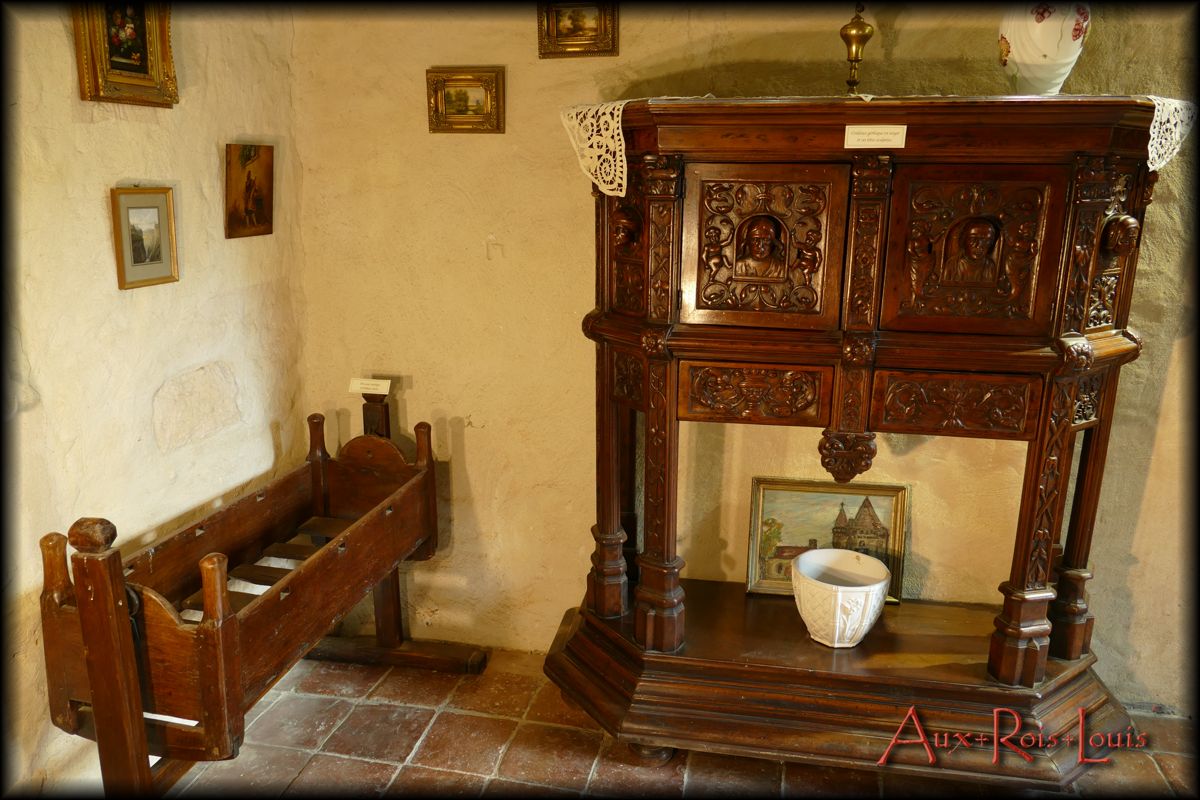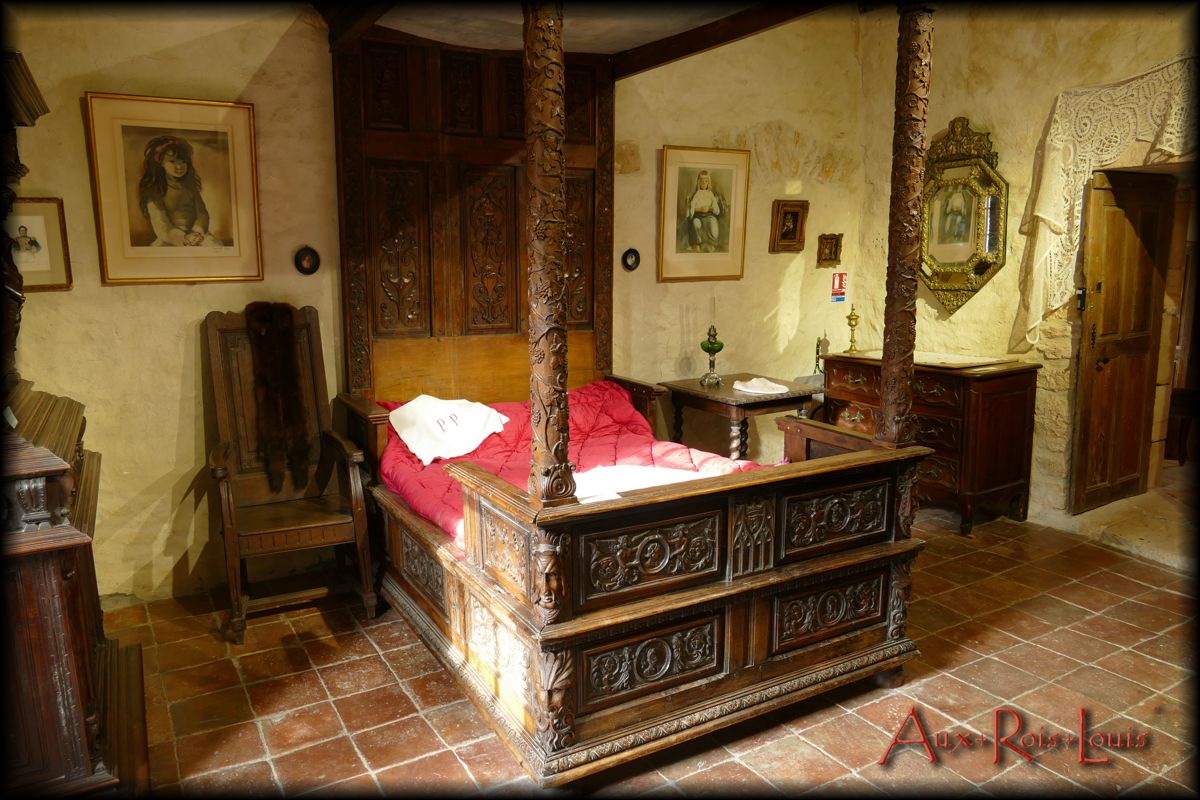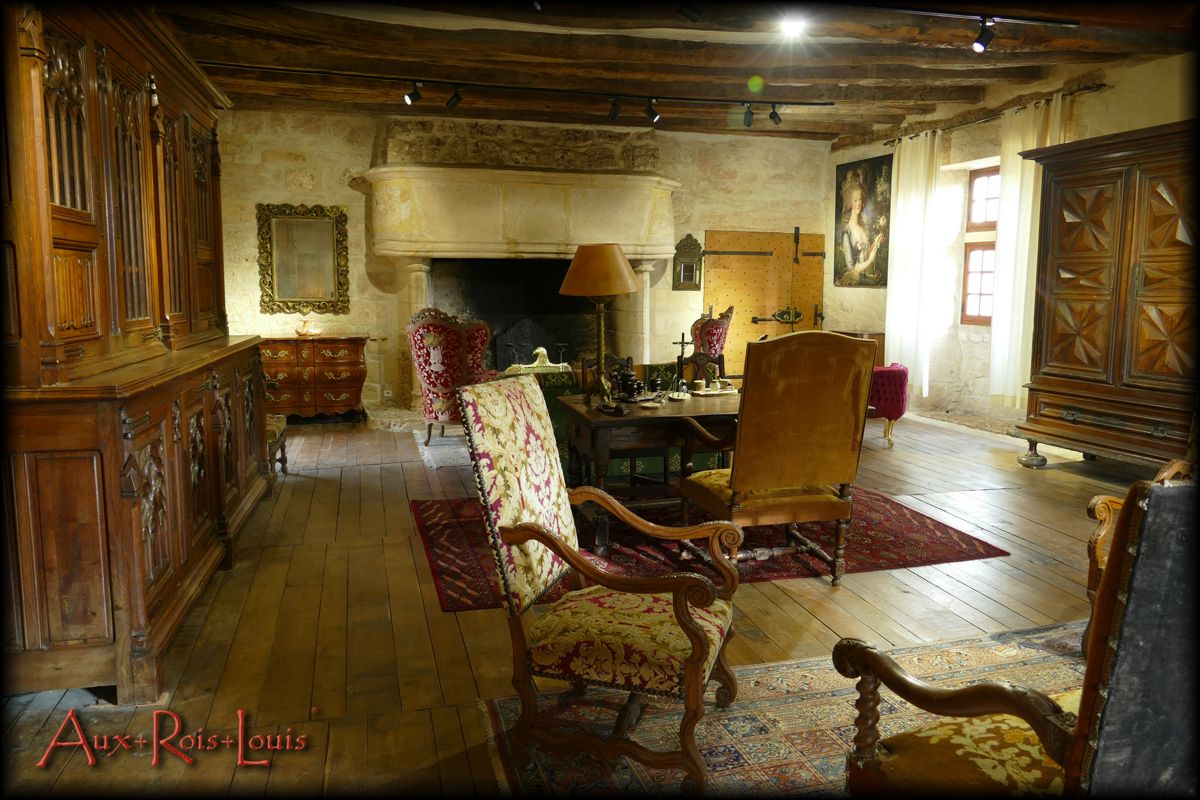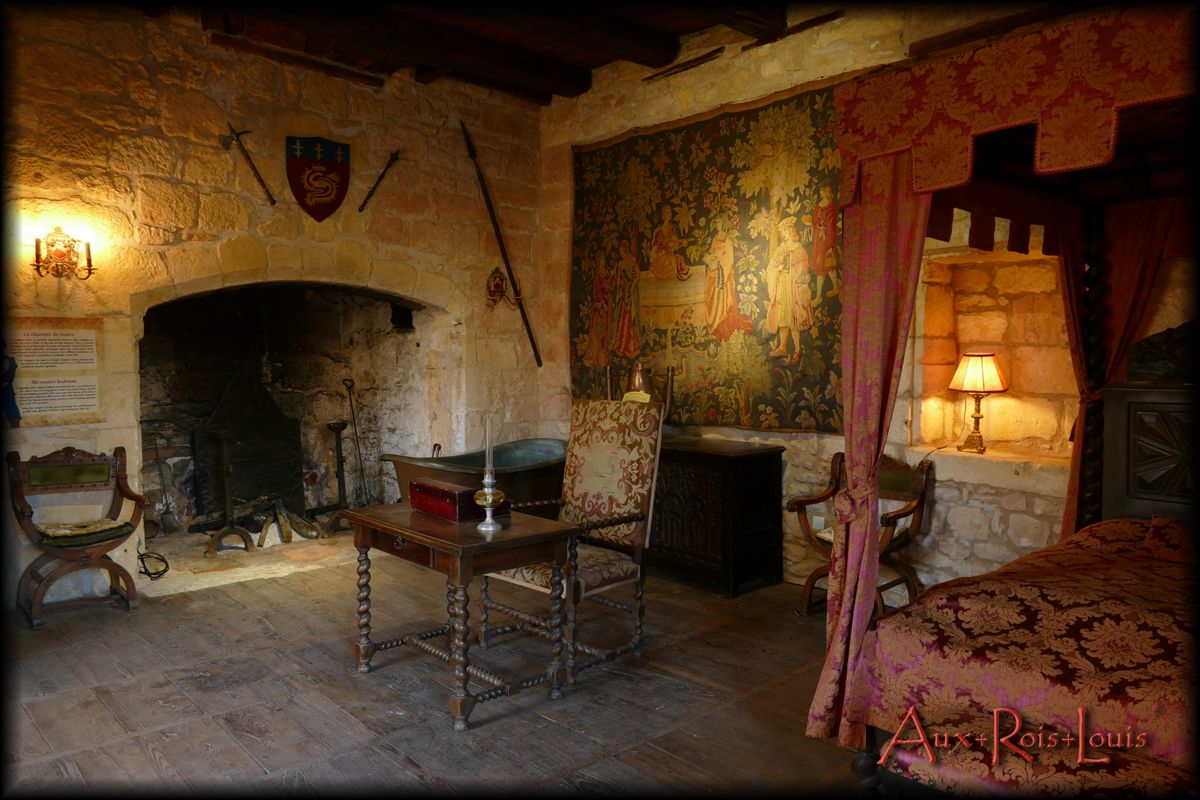“Aux-Rois-Louis” offers choice pieces of regional furniture from the past.
A sales gallery located in Montignac-Lascaux, where you can at your leisure draw inspiration to restore charm and nobility to the great houses.
An illustration with the Manoir de la Salle in Saint-Léon-sur-Vézère, brought back to life and open to visitors by Jean-Max Touron, a great lover of heritage.
Restoring our beautiful Residences is also reviving their internal Life
La Roque Saint Christophe, LE MOUSTIER – Dordogne
La Maison Forte de Reignac, TURSAC – Dordogne
Préhisto-Parc, Prehisto-land, TURSAC – Dordogne
La Grotte du Sorcier, SAINT CIRQ du BUGUE – Dordogne
L’Abri Cro-Magnon, LES EYZIES – Dordogne
Les Grottes du Roc de Cazelle, LES EYZIES – Dordogne
Le Manoir de Gisson, SARLAT – Dordogne.
Fort de la Roque Gageac et son Escalier Vertigineux – Dordogne
La Grotte des Carbonnières, LACAVE – Lot
Préhisto-dino Parc, LACAVE – Lot.
Centre d’interprétation du Roc aux sorciers, ANGLES-SUR-L’ANGLIN – Vienne
Forteresse médiévale, ANGLES-SUR-L’ANGLIN – Vienne
Donjon et manoir de SAINT-LÉON-SUR-VÉZÉRE – Dordogne
Fort de Tayac, LES EYZIES – Dordogne
As a great lover of Périgord heritage, Jean-Max Touron fitted out the Manoir de La Salle in the seigniorial spirit that presided over its construction.
DUNGEON AND MANOIR DE LA SALLE IN SAINT‑LÉON‑SUR‑VÉZÈRE
Nestled in the hollow of a bend in the river, Saint-Léon-sur-Vézère has one of the oldest religious buildings in Périgord. Its Romanesque church was indeed built in the 11th century, instead of a Gallo-Roman villa, while retaining the original large hall which became its nave. This church, placed under the patronage of Saint Léonce, was in the 12th century part of a Benedictine priory dependent on the abbey of Sarlat, the oldest mention of which dates back to 1153, in a bull of Pope Eugene III.
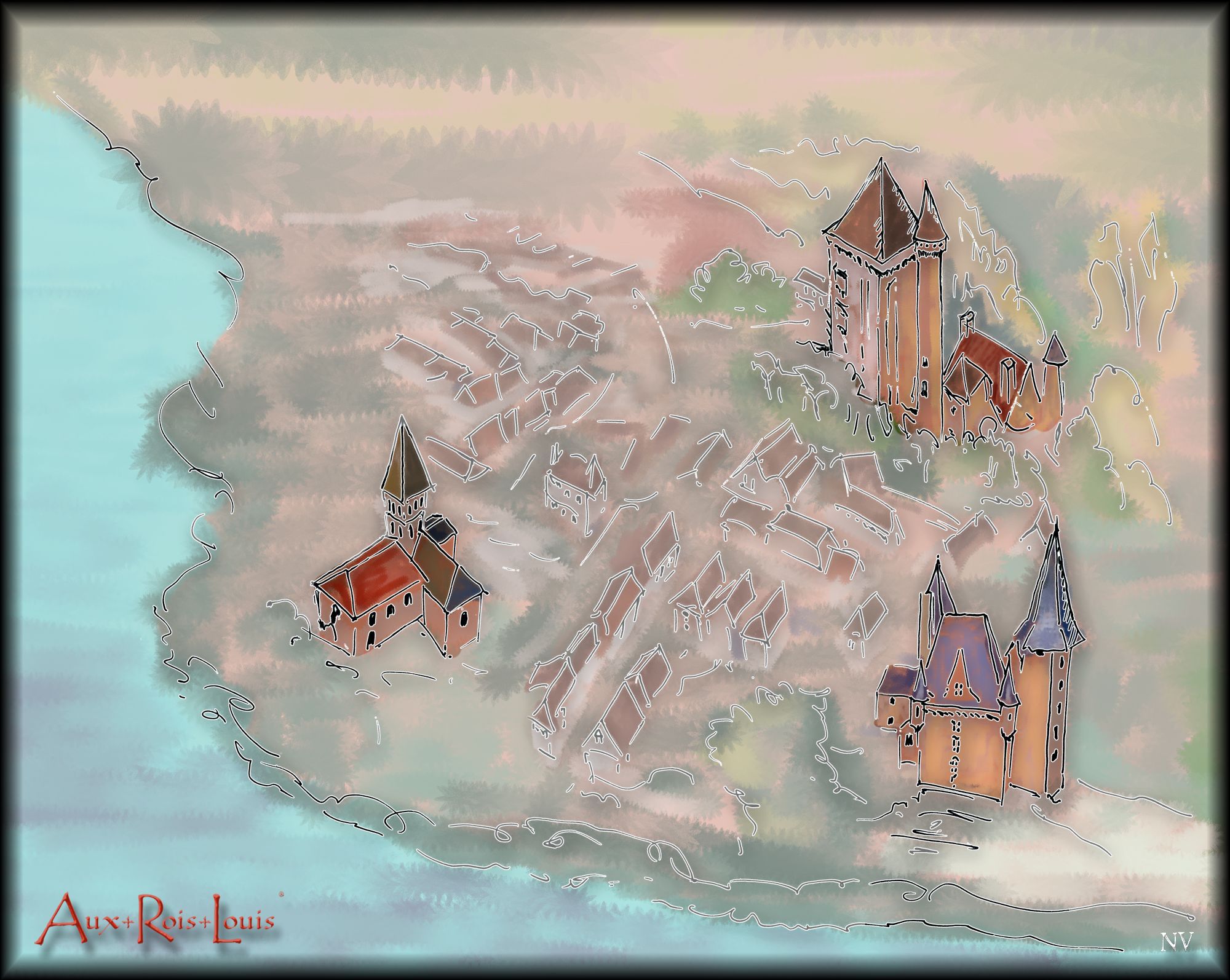
It was precisely at this time that Aquitaine, through royal alliances, experienced a long period of extreme tension. Duke of Aquitaine because of his marriage with Aliénor, Henri Plantagenêt sits in 1154 on the throne of England and becomes Henri II. From then on, Aquitaine would find itself torn between its Duke Henry II, King of England, and Louis VII, King of France, who would fiercely dispute it. It was the start of the long struggle between the Plantagenêts and the Capétiens, the interminable Hundred Years’ War, which spread to the most peaceful villages of Périgord.
Thus in the Dordogne, the Châtellenie de Limeuil subservient to the King of England will enter into open conflict for decades with the Châtellenies de Plazac and Montignac, loyal to the King of France. Gradually and for this reason, a large number of noble lairs with defensive attributes appeared in Périgord. Saint-Léon-sur-Vézère thus saw three important seigniories spring up on its lands, materialized by the construction of important residences equipped with architecture for a military purpose.
Emblem of medieval military architecture, the machicolations designate the corbelled gallery which crowns the military enclosure and which is equipped with an openwork floor allowing the launching of projectiles at the foot of the wall. The “mâchicoulis” in French also refer to the openings themselves.
In these troubled times, Saint-Léon-sur-Vézère locks the meander of the Vézère and its access to the river port by building a high wall to close this loop. This wall protects the entrance to the village, signified by an imposing watchtower clad at the top of a walkway on machicolation and flanked on its west face by two small defensive fronts called bretèches.
On the west wall of the fortress, two projecting cubicles called bretèches have been fitted out in order to be able to launch projectiles at the attackers.
Originally, this master tower was also the residence of the Lordship. It has all the conveniences of the time: latrines, stone sinks and huge fireplaces. The original tower was partly destroyed during the Hundred Years’ War, then rebuilt from the end of the 15th century. This is demonstrated by the dendrochronological analysis carried out on the timbers of the framework covering the tower, which reveal a date of felling of the oaks between 1494 and 1506, therefore precisely at the hinge between the 15th and 16th centuries.
The large seigniorial dwelling initially connected to this master tower now called the dungeon, was built during this same period of renewal, in a desire for comfort and pageantry which resulted in the choice of richer and more refined.
The new master of the place, Jean-Max Touron, has managed to breathe new life into this powerful charm of the Manoir and the Donjon by furnishing them in particular thanks to the exceptional pieces he has chosen from the Aux-Rois-Louis sales gallery located in Montignac-Lascaux.
To give visitors the pleasure and enchantment of a sudden journey through time, Jean-Max Touron has reconstituted in these places a seigniorial way of life which in fact lasted in our countryside until the 18th century. Something to inspire many lovers of old stones who wish to bring their beautiful homes back to life in the minds of their builders.
Let furniture and everyday objects tell us about the lives of the twenty-six generations who have succeeded each other in these places and whose marvelous memories accompany us.
You will discover here and there exceptional pieces unearthed at the Aux-Rois-Louis salesroom Gallery which offers equivalent period furniture. They are just waiting to come and enchant your homes. You can come and choose them at your leisure by making an appointment at Aux-Rois-Louis in Montignac-Lascaux with David on 06 78 92 61 98.
LES MEUBLES D'ÉPOQUE VOUS LA RACONTENT, L'ÉPOQUE
In the entrance, returning from the crusades, was deposited this travel chest decorated with fleur-de-lys fittings attesting to loyalty to the King of France. During these trips, this chest was covered with a boar’s skin to protect it from the rains, the torrents of which were moreover chased by its domed top.
Coming out, we go to the kitchen and first observe a salt box chair as there were in all good houses to protect this precious condiment used for its flavor and its preserving power.
As we head towards the kitchen, we come across a delicate pewter fountain engraved with a coat of arms and equipped with gooseneck taps, as well as a Gothic chest adorned with “fenestrages en orbevoie” : “blind windows”, reminding you of stained glass windows in cathedrals.
Another very rare ancient pottery, the terracotta ham pot where raw ham was placed in salt near the hearth, away from humidity. This is always the way to cook the delicious Périgord country ham in salt.
Fixed to the wall, we recognize a wooden salt box with its two compartments. The top one that contains the coarse salt opens thanks to its lid while the bottom drawer contains the fine salt. Placed on the shelf we notice a flour box or “farinière”, which is used flat on the kitchen table by sliding its small sliding door.
In height, the battery of copper pans is stored in a “casserolier”: wooden shelf provided for this purpose.
As for the crockery of earthenware, porcelain or pewter, it is dried and presented in this type of dish drainer often composed of an assembly of several types of wood.
Finally, on the beautiful stone sink, we note the presence of the essential water jugs, supplied from the well or the fountain, which covered all the needs of the household.
In the facing bedroom upstairs are a Renaissance credenza and an old cradle. In the center sits a four-post bed from the 17th century next to which personal effects are stored in a charming Louis XV chest of drawers.
Opposite the bedroom is the large living room, reception room of the Lords of the Manor. We discover a Louis XIV curved chest of drawers, a large Périgord Louis XIII wardrobe, as well as armchairs with straight backs and curved armrests.
On the first floor of the Keep, the Lord’s bedroom with a huge fireplace has a small Louis XIII table n the center behind which we notice a Gothic chest.
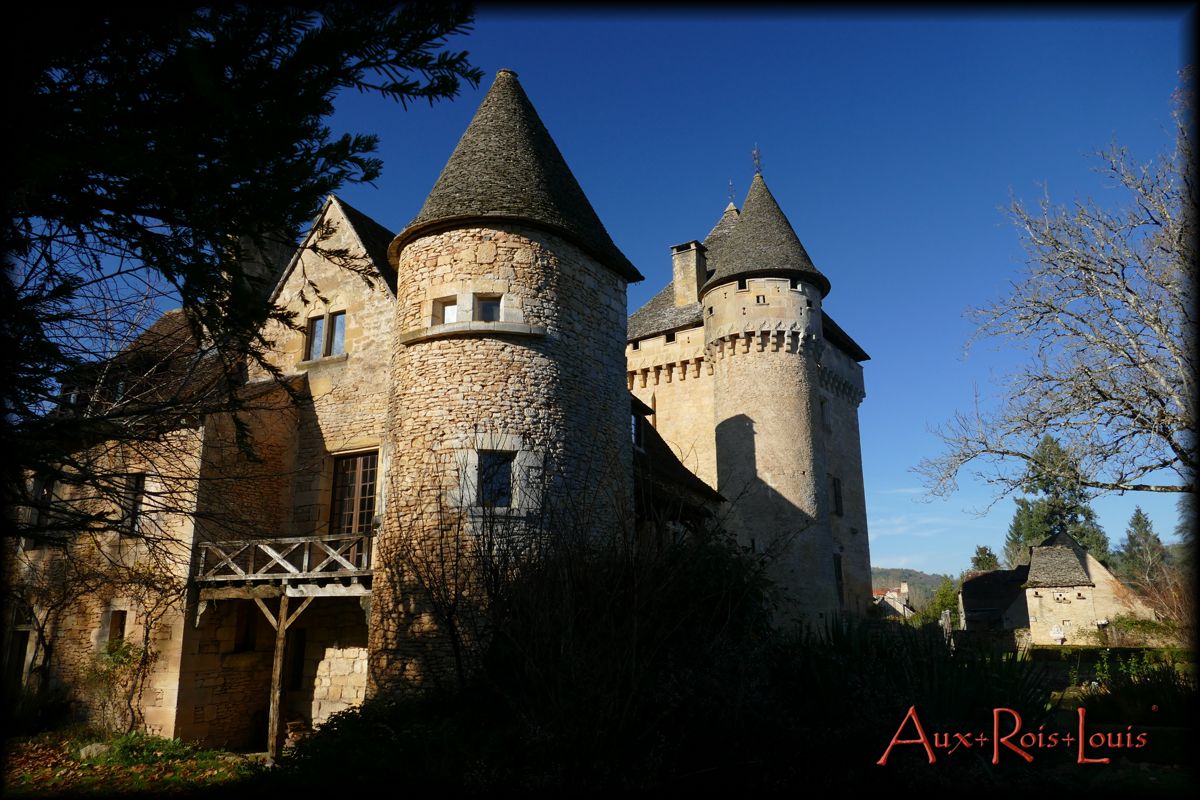
For all your wishes in terms of period regional furniture, you can reach David on 06 78 92 61 98 who will receive you at the Galerie Aux-Rois-Louis in Montignac-Lascaux. He will be happy to search with you for the treasures that will suit your tastes and your home.

